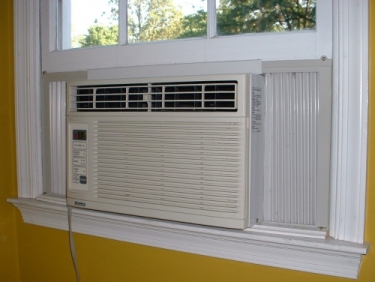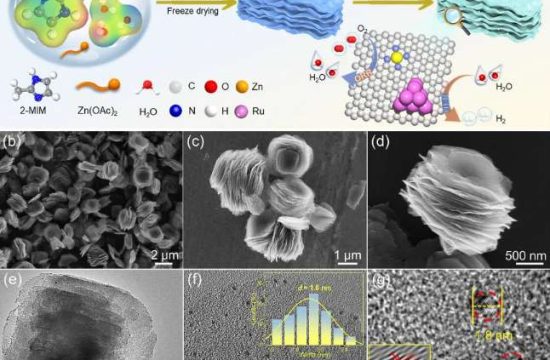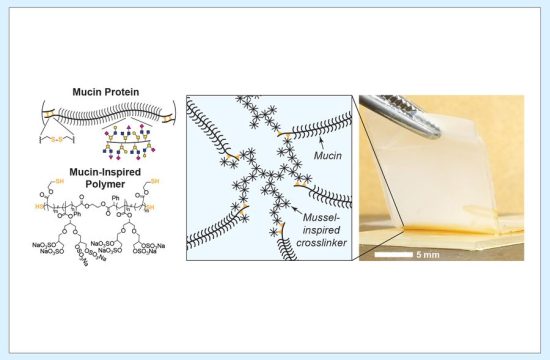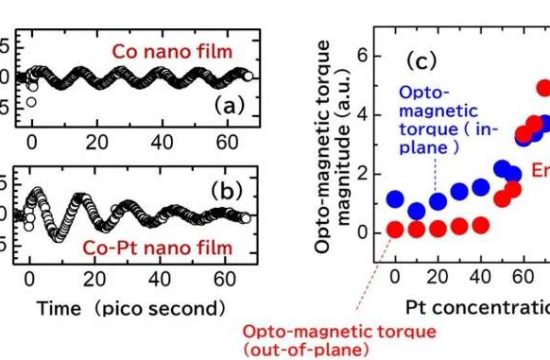 When summer temperatures rise and people turn to their air conditioners to stay cool, something else also increases: air pollution.
When summer temperatures rise and people turn to their air conditioners to stay cool, something else also increases: air pollution.
A new study published Wednesday (May 3, 2017) in the journal Environmental Science & Technology shows that the electricity production associated with air conditioning causes emissions of sulfur dioxide, nitrogen oxides and carbon dioxide to increase by hundreds to thousands of metric tons, or 3 to 4 percent per degree Celsius (or 1.8 degrees Fahrenheit).
“The hottest days of the summer typically coincide with the days of highest air pollution,” says study lead author David Abel, a graduate student in the Nelson Institute for Environmental Studies at the University of Wisconsin–Madison. “We quantified the relationship between daily temperature and power plant emissions of nitrogen oxides, sulfur dioxide and carbon dioxide on a state-by-state basis in a comprehensive manner that hasn’t been done before.”
Increased emissions of these gases can affect not only the environment but also people’s health. Sulfur dioxide and nitrogen oxides — both of which are regulated in the U.S. — can cause respiratory problems, particularly in children, people with asthma and the elderly. Carbon dioxide is a primary greenhouse gas targeted by power plant regulations.
“We show that increased electricity demand may play a key role in high levels of ozone, particulate matter and other pollutants, so efforts to reduce peak demand could be beneficial to public health,” Abel explains.
Scientists have long known that air pollution is highest on hot days but few studies have looked at the specific effects of electricity emissions on the hottest days and what they contribute to air pollution. The report’s state-specific findings provide valuable data for policymakers and other local stakeholders, who can see how emissions in their region respond to temperature.
“Most of the research on climate and air pollution has focused on other emission sources, chemical reactions in the air, and how weather patterns can trap pollution,” says Tracey Holloway, who led the study. Holloway is a professor of environmental studies at the Nelson Institute and in the UW–Madison Department of Atmospheric and Oceanic Sciences. She says the study carries the discussion a step further: “We showed that hot summer days also have higher emissions from power plants.”
The study team included scientists at Seventhwave, a Madison-based nonprofit, and Paul Meier, an engineer at Blumont/International Relief and Development who was with the Wisconsin Energy Institute at UW–Madison when he completed the work. Using data collected between 2003 and 2014, the team crunched the numbers on electricity emissions in 26 states in the eastern U.S., along with Texas.
They showed that power plants released 3.35 percent more sulfur dioxide on average per degree Celsius increase in temperature, and that nitrogen oxides and carbon dioxide rose by 3.60 percent and 3.32 percent, respectively. Although overall emissions dropped in the study period — primarily due to increased use of emissions-control devices and a decrease in coal use — the analysis showed large regional variability.
The researchers were surprised to find that states with lower overall emissions in the Northeast show the highest sensitivity to temperature. This, they say, highlights the importance of peak electricity generation on hot days and the role of older or less regulated facilities that may only be turned on when people blast their air conditioners. These are often the days when pollution control is most important to protect public health. Abel says a large portion of the U.S. population continues to regularly encounter air pollution.
The researchers plan to continue studying the impacts and interactions of increases in emissions on hot summer days with other processes that affect concentrations of ozone, particulates, and other forms of air pollution.
“Our next step is to compare the impact of electricity emissions with other factors affecting pollution formation – especially chemistry, natural emissions, and wind patterns,” notes Holloway. “We’d like to be able to say how these processes interact. For example, relative to other factors controlling pollution formation, how important is the response of emissions from power plants?”
The study was funded by UW–Madison, the National Institutes of Health and NASA.








